Lakes might seem like serene, safe retreats, but below the surface lies a world that’s anything but predictable. While some creatures are harmless, others can pose serious risks to unsuspecting swimmers. From aggressive fish to stealthy predators, the calm waters of a lake can quickly turn into a battleground. Here are 13 dangerous animals you could encounter while swimming in lakes—and why they’re not to be underestimated.
1. Alligators
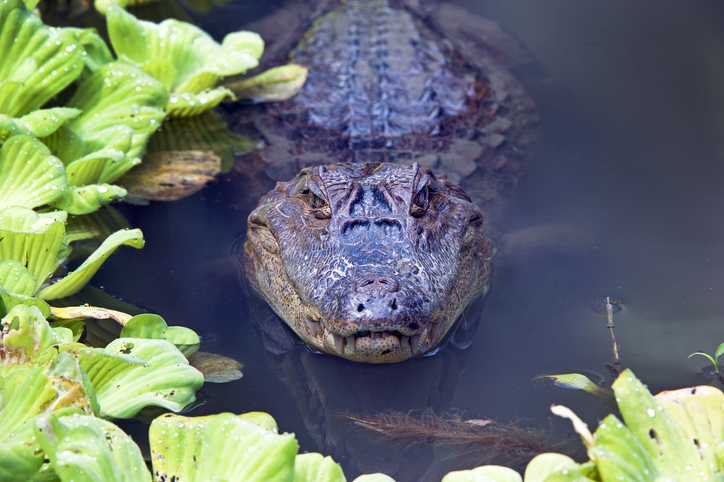
In lakes across the southeastern United States, alligators reign as apex predators. Though attacks are rare, they can be aggressive if provoked or feeling territorial. Often camouflaged beneath the water’s surface, they strike quickly, making them a significant risk for swimmers. If you’re in gator territory, avoid swimming during dawn or dusk when they’re most active and always heed warning signs near the water.
2. Snapping Turtles

Snapping turtles may look prehistoric, but they pack a modern punch. Found in freshwater lakes and ponds, these turtles have powerful jaws capable of delivering a painful, bone-crushing bite. They’re generally shy but can become aggressive if disturbed, especially during nesting season. Swimmers should be cautious about murky water where these reptiles might be hiding under debris.
3. Water Moccasins (Cottonmouths)
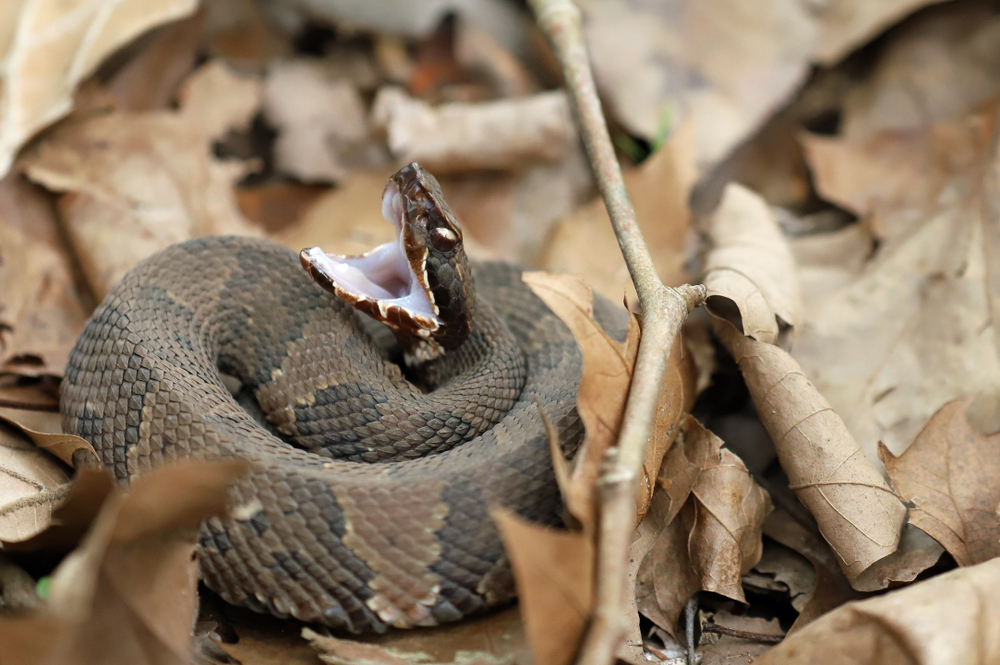
This venomous snake, common in southern U.S. lakes, is known for its distinctive white, cotton-like mouth. Water moccasins are semi-aquatic and can swim easily, often lurking near shorelines or under vegetation. While they typically avoid humans, they’ll strike if threatened. Their bite delivers a potent venom, making them a significant danger to swimmers who inadvertently cross their path.
4. Piranhas
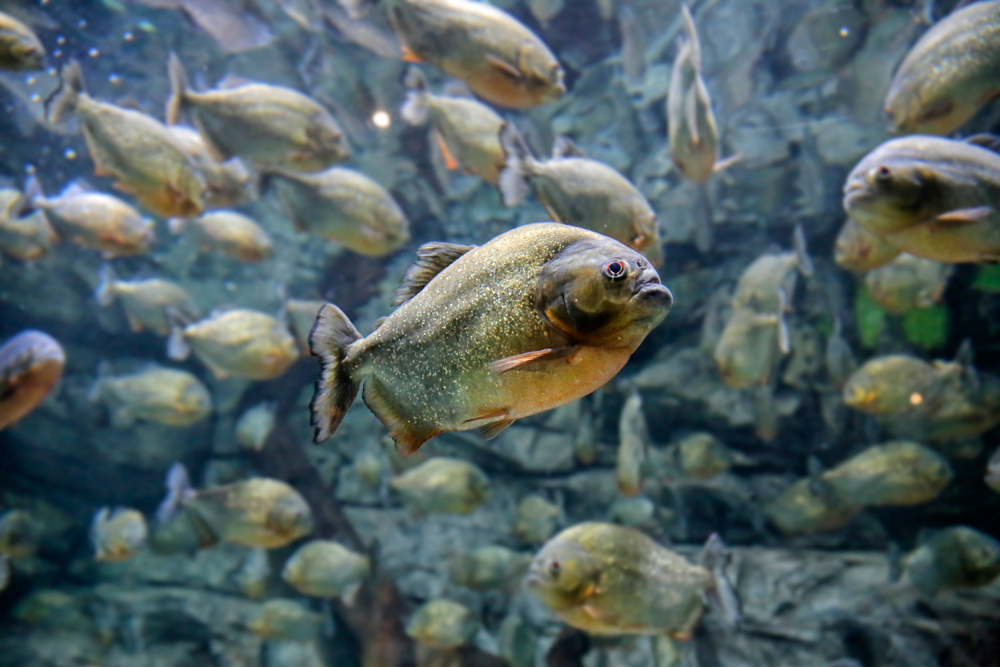
Though more commonly associated with South America, piranhas in some regions can be a risk to lake swimmers. These infamous fish are known for their razor-sharp teeth and feeding frenzies. While attacks on humans are rare and usually exaggerated in films, a hungry or startled school of piranhas can inflict serious injuries. Swimmers should avoid areas where fish congregate, especially during droughts or food scarcity.
5. Freshwater Eels
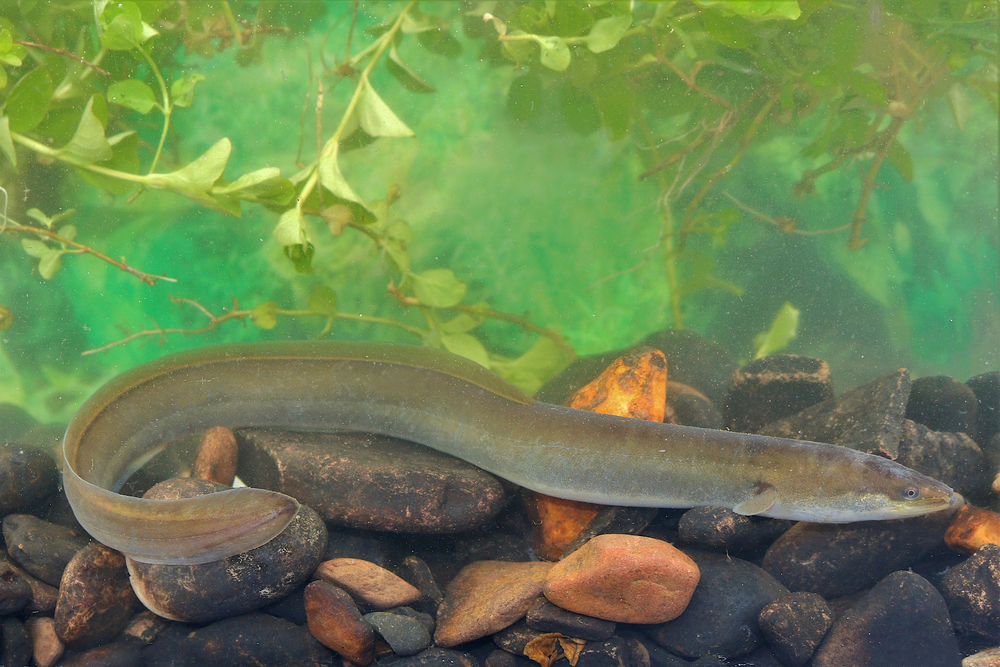
Freshwater eels aren’t venomous, but their bite can be painful and startling. Found in lakes around the world, these nocturnal creatures tend to hide in crevices or under rocks. While they generally avoid humans, an accidental encounter could lead to an aggressive response. Their elongated, snake-like bodies can also be unnerving, making them one of the lake’s more unsettling inhabitants.
6. Bull Sharks
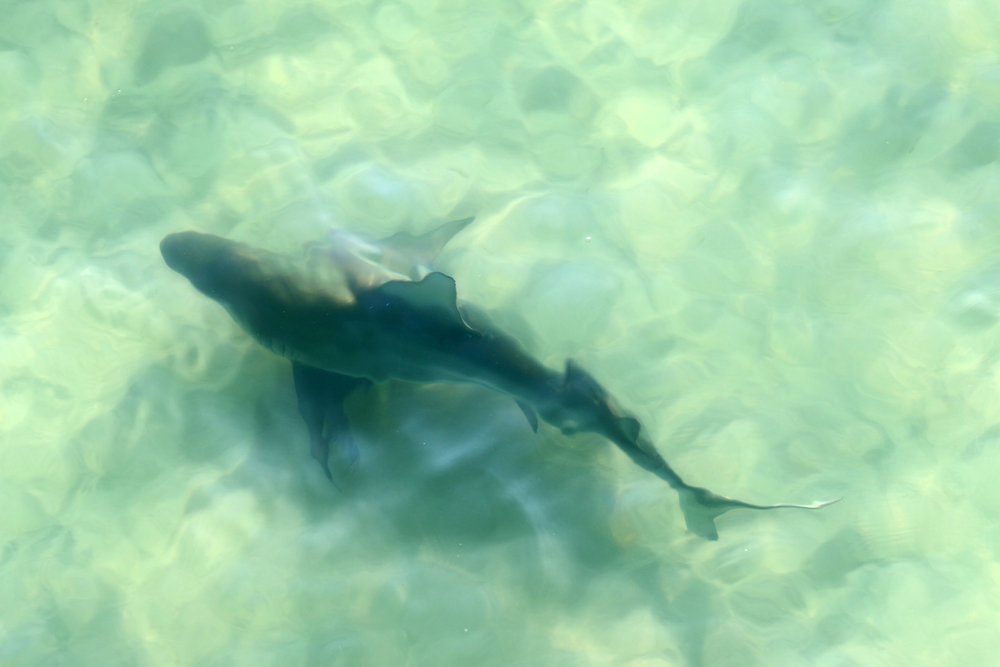
Bull sharks are unique among sharks for their ability to thrive in both saltwater and freshwater environments. They’ve been spotted in rivers and lakes, especially near coastal areas. Known for their aggression, bull sharks pose a serious threat to swimmers. Their unpredictability and powerful bite make them one of the most dangerous predators in any body of water.
7. Giant Catfish
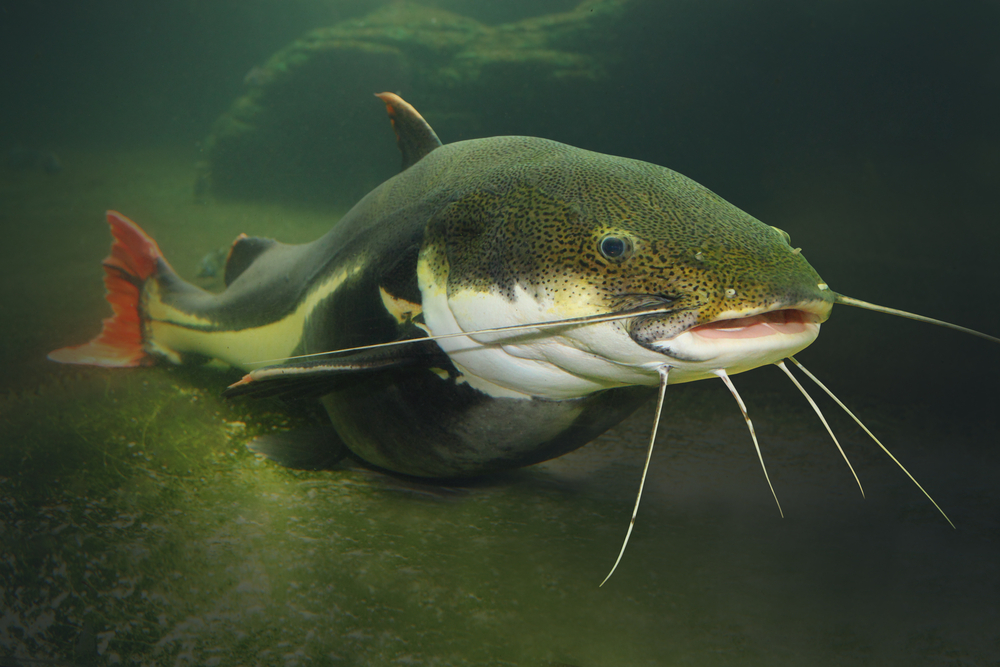
Catfish might not sound intimidating, but some species, like the wels catfish in Europe or the Mekong giant catfish in Asia, can grow to enormous sizes. These behemoths have been known to mistake swimmers for prey or act aggressively if provoked. Their sheer size and strength can make even an accidental encounter with one a frightening experience.
8. Candiru
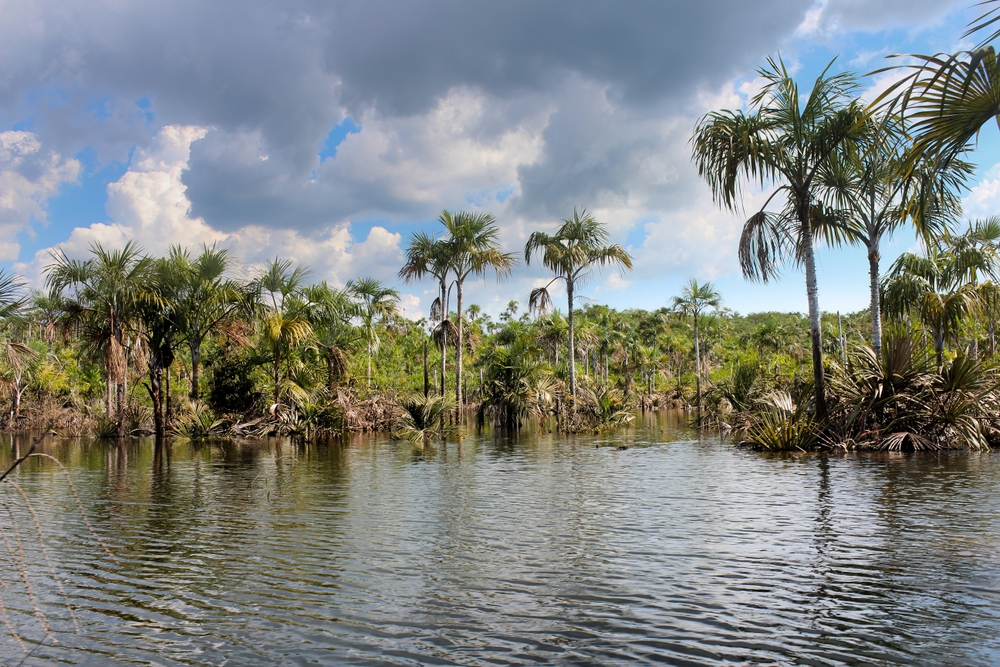
This tiny, parasitic fish, native to the Amazon, has earned an infamous reputation. Though rare, candiru can invade body cavities, causing excruciating pain and medical emergencies. While their presence in freshwater lakes outside South America is limited, their notorious behavior serves as a stark reminder of the unexpected dangers that can lurk in the water.
9. Stonefish
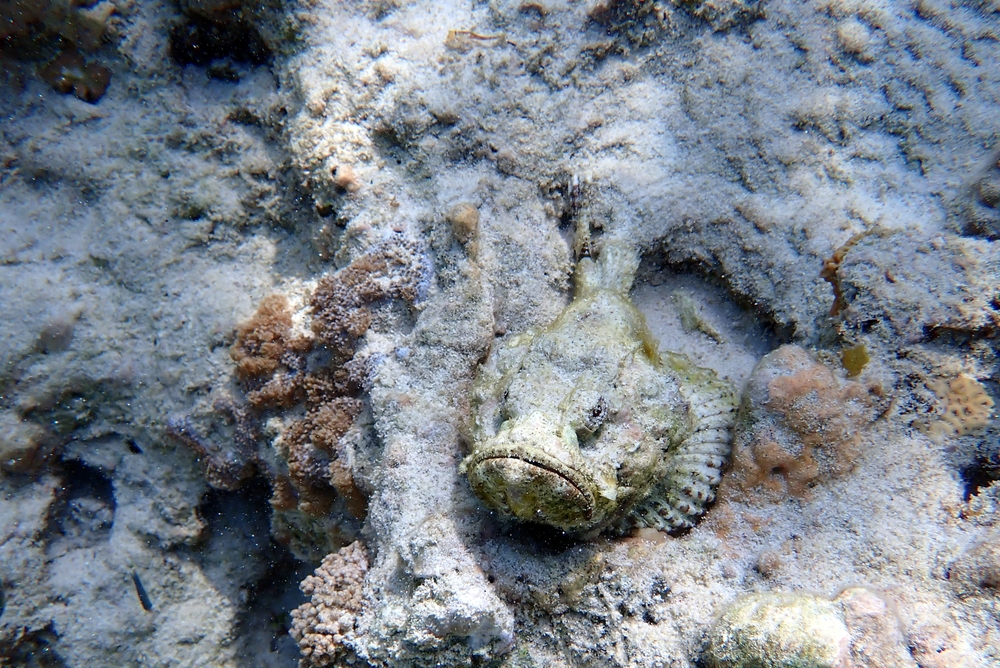
Stonefish, though more common in coastal regions, have been found in freshwater lakes in certain parts of the world. Their venomous spines deliver one of the most painful stings known to humans, causing severe swelling and even death in extreme cases. These masters of camouflage are nearly invisible against the lakebed, making them a hidden danger for waders and swimmers.
10. Lampreys
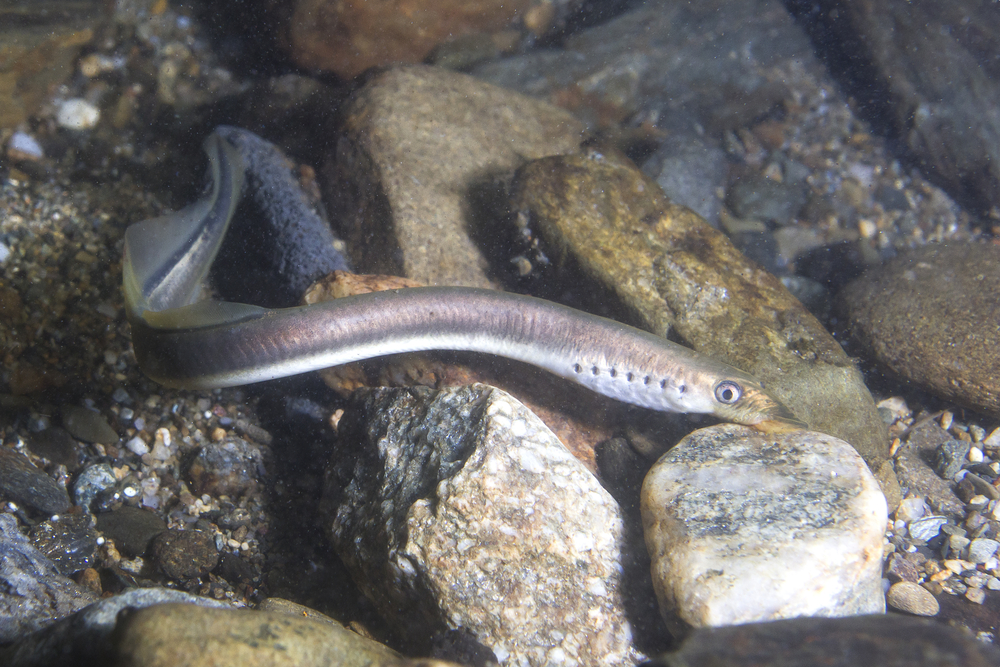
Lampreys are parasitic, jawless fish that attach to their prey using a sucker-like mouth lined with rows of sharp teeth. Found in freshwater lakes across North America and Europe, they feed on the blood of other fish. While they don’t typically target humans, their eerie appearance and occasional aggressive behavior make them a nightmare for swimmers who get too close.
11. Crocodiles
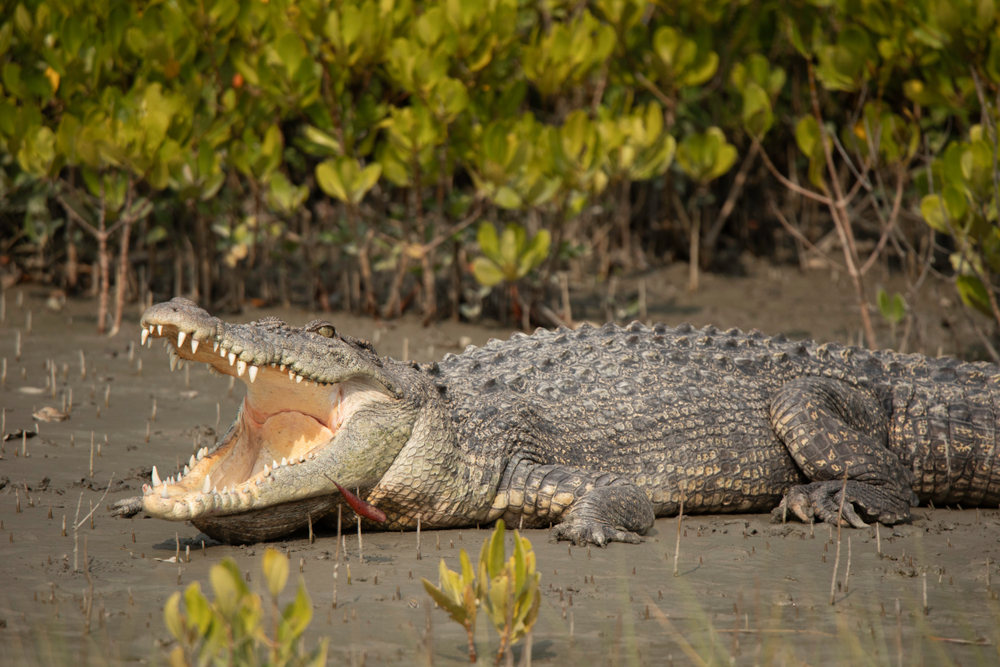
In regions like Africa, Australia, and parts of Southeast Asia, crocodiles inhabit lakes and freshwater bodies. Unlike alligators, crocodiles are more aggressive and less predictable, often attacking anything that enters their territory. Their stealth, speed, and powerful jaws make them one of the deadliest threats to swimmers. If you’re in crocodile country, avoiding the water is the safest choice.
12. Asian Carp
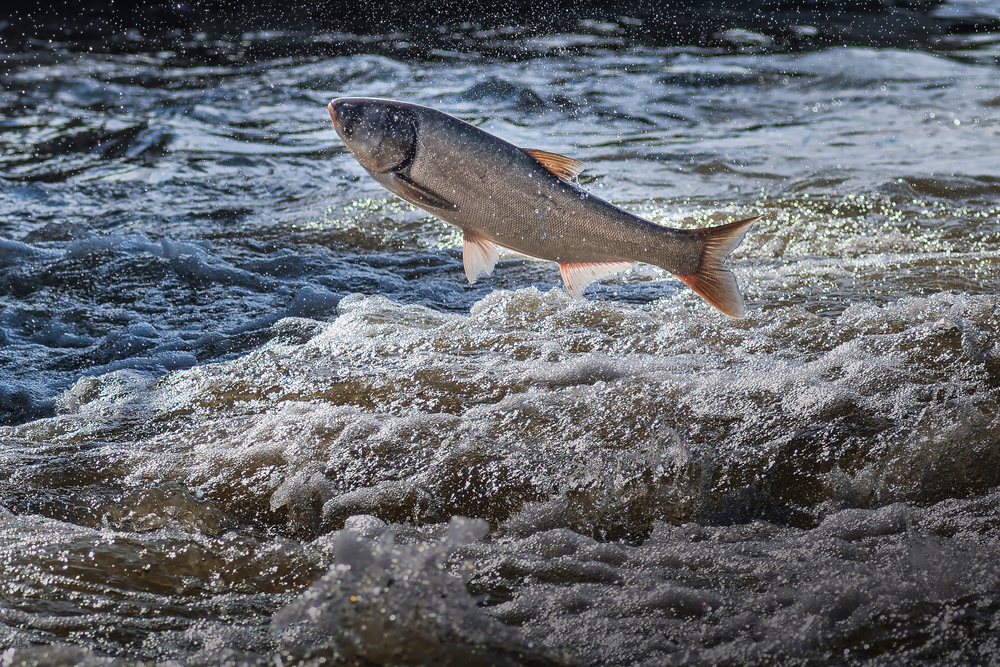
Asian carp, an invasive species in many U.S. lakes and rivers, may not seem dangerous at first glance. However, their tendency to leap out of the water en masse when startled has led to injuries. Swimmers risk being hit by these large, fast-moving fish, which can cause cuts, bruises, or even concussions in severe cases. Their sheer unpredictability makes them a hazard.
13. Leeches
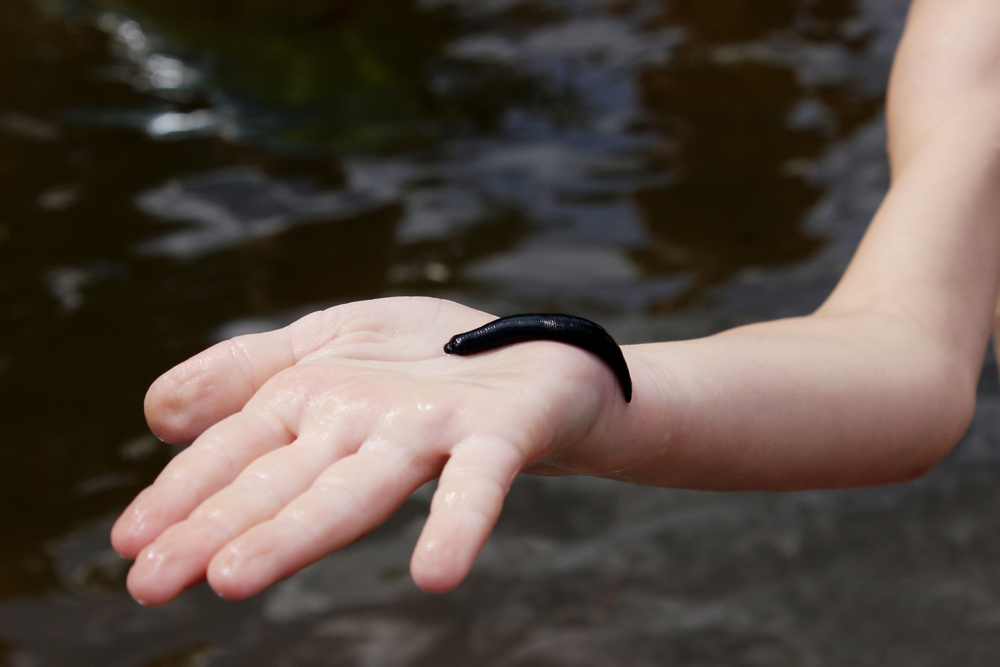
Though not life-threatening, leeches are an unpleasant reality in many freshwater lakes. These slimy parasites latch onto skin to feed on blood, leaving swimmers squeamish and sometimes at risk of infection. While their bites are painless, the psychological discomfort they cause is undeniable. Avoiding shallow, stagnant areas reduces the likelihood of encountering these unwelcome hitchhikers.
